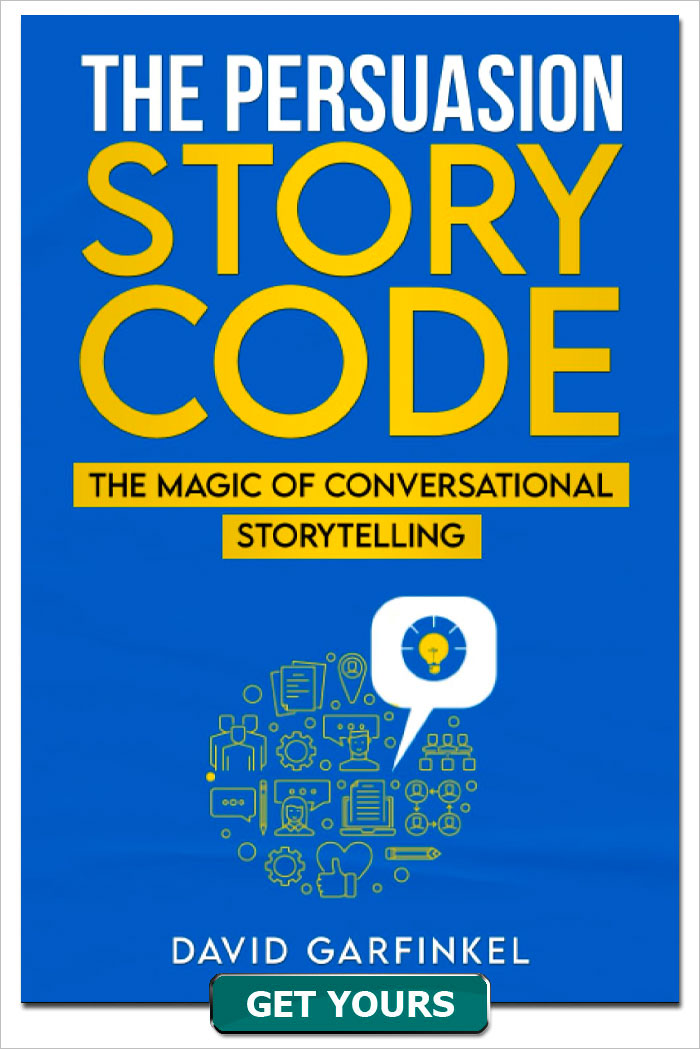Persuasion Secrets: Sales Stories vs. Dramatic Stories
Published by: David Garfinkel on 11-21-2022
Tweet
Most everyone accepts that stories are THE best way to grab and hold someone’s attention. But does that mean ANY story you use in your copy will help you with your sales?
A lot of people seem to have never asked or considered that question. Today we dig into it.
You see, Joseph Campbell’s 1949 book “The Hero with a Thousand Faces” eventually launched a revolution in storytelling. Especially among professional storytellers. Campbell’s idea of The Hero’s Journey has become accepted truth as THE way to tell a story for many people.
Is that really true in copy?
We take a careful look at this question today. And we come up with some answers so you don’t make the mistake I’ve seen so many copywriters make with their stories.
I want to say up-front that I am not against Hero’s Journey stories. I have spent a large part of my life studying them and an even larger part of my life reading, watching and enjoying them.
My main point today is that you should use them as they were intended to be used, and where they work. I like hand-held power drills, but I don’t think you should use them to open a can of chili.
It’s interesting, for example, that a typical movie is a two-hour hero’s journey. It starts with an ordinary person on an ordinary day, who gets thrown into a long and complicated challenge that changes the person’s life. Tests, discoveries, friends and foes abound. As you watch the story, or read the story, at more than one point you say, “How is he going to get out of this one?” or “Is it even possible she can make it through this problem?”
And while, for example, the studios MAKE two-hour stories in the form of a hero’s journey, they don’t SELL them that way. Studios sell movies with little movies of 30 seconds to two minutes called “trailers.” A trailer has high points from the movie, called “moments,” and one overriding question or theme to get you intrigued enough to buy a ticket or pay for a view on your TV and devote two hours of your life to watching the movie.
That’s a hint right there on one major difference between dramatic stories and sales stories.
Now, this is not to say that there are no similarities between the two types of stories.
One thing they have in common is that they cause emotional responses in the viewer or reader. Sometimes huge ones. All good stories have an emotional impact of some kind.
Another thing they have in common is that they are about people, not things or ideas. Usually, one main person. Of course there are other people in a story, too. But usually it’s about one person. Sometimes a tight-nit group of people, or a pair of people -- like a buddy movie.
But, that said, there are a lot more differences than similarities. We to talk about five of the key differences today.
Keywords: selling with stories









